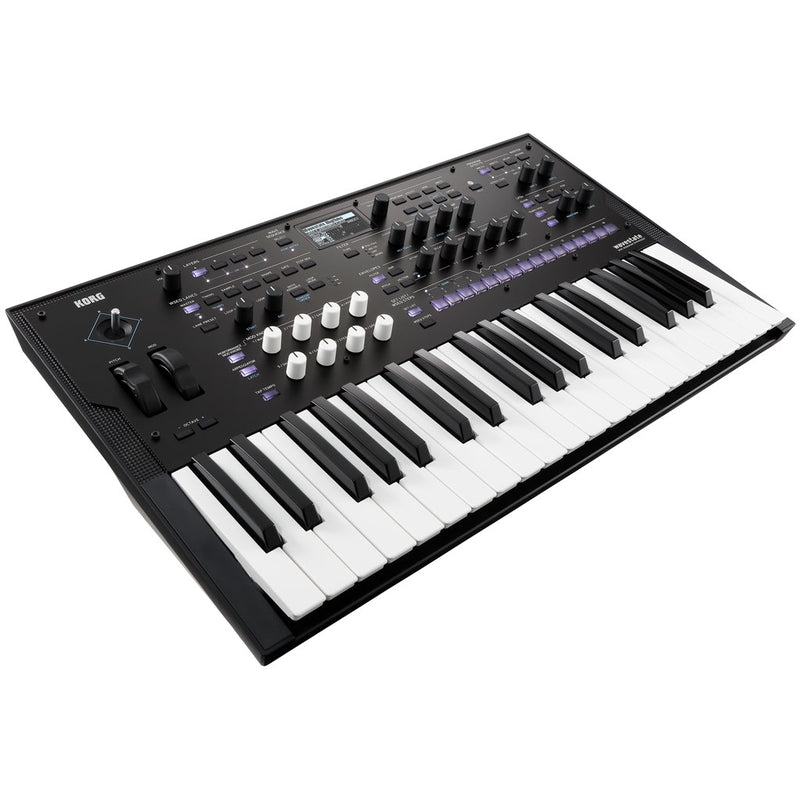

A synthesizer (software or hardware) receiving a pitch bend message is supposed to change the pitch of all current notes being played by the given amount. The MIDI pitch bend message is a way to communicate how much pitch shifting is supposed to happen at any given point in time. As this frequently done by guitar players by bending the fretted string with their left hand, it's often called pitch bending and hence the name. These allow the player to interactively change the pitch of the current note being played to manually create vibrato or to continuously "slide" from one note to the next. Many controllers have a "pitch wheel" that's a joystick or am modulation wheel.
#Midi note number range serial
It's a serial protocol that allows to exchange messages such as "key C1 up" "key D4 down" "key velocity, "sound change", etc. MIDI is a protocol that allows (primarily) synthesizers to control or be controlled by other synthesizers or computers. You can think of the MIDI note number as the "integral" part of the pitch and the pitch bend as a redundant "fractional" part of the pitch. So your sequence of MIDI messages for 500, 510, 500 Hz would be: You can convert any frequency corresponding to a note on the tempered scale into a MIDI note number, using: This is perfect for representing music as played on keyboard instruments. I have googled for solutions but found no clear answer.Īt the core of MIDI is a representation of music as discrete note events, each of those having a static pitch. How do I convert a pitch value into a bend value? What are the mapping relations?
#Midi note number range Offline
These two objects are created when the program is run in real-time (mine is an offline version that runs selective parts of it in a main.cpp of my own.Ģ. ge is also an object of type MidiMsg that also seems to be populated on the fly.Ĭ. ananya is an object of type MidiMsg that seems to be populated on the fly.ī. The relation is given as follows: pitch = (int)( Stk::sampleRate() / midi2pitch] ) /īend = ge.data / 128.0f + ge.data - 64 Ī.
#Midi note number range code
There is some code in the program that converts a pitch value (obtained from auto-correlation) to the bend value. The rt_lpc code is mostly meant for composers etc., which means that it uses a MIDI or glottal pulse input. There are some functions within the program that can be used for an offline LPC analysis and synthesis program. I am trying an offline LPC analysis and synthesis using the rt_lpc (real-time LPC) implementation as given here.


 0 kommentar(er)
0 kommentar(er)
